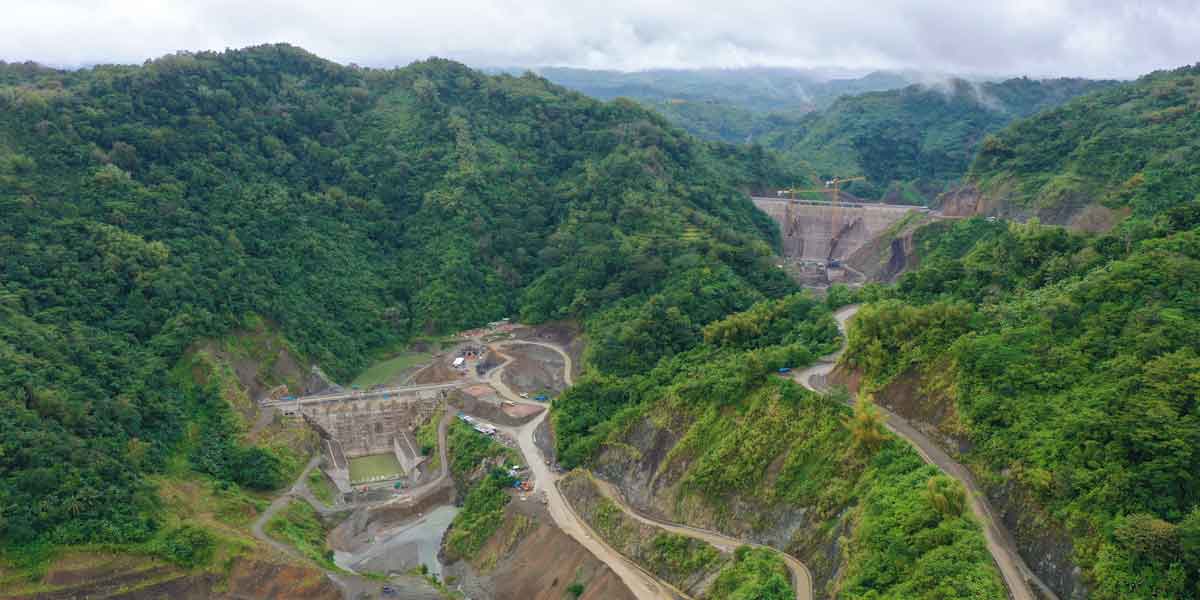
By: Jennifer P. Rendon
Miag-ao in Iloilo province became the first municipality in Western Visayas to be officially declared drug-cleared on Nov. 20, 2019.
Alex Tablate, Philippine Drug Enforcement Agency (PDEA-6) regional director, the declaration was based on the Regional Oversight Committee’s deliberation that all barangays in Miag-ao have been cleared of drug pushers and dependents.
The committee is composed of PDEA, the Department of the Interior and Local (DILG), the Philippine National Police (PNP) and the Department of Health (DOH).
Miag-ao has also established its own shelter for drug surrenderers.
Known as “Balay Silangan,” it is a facility under the national drug reformation program that offers temporary refuge with the objective of reforming drug offenders into self-sufficient and law-abiding members of society.
The groundwork for Balay Silangan is stipulated under Dangerous Drugs Board (DDB) Regulation Number 2, Series of 2018.
General interventions, like continuing education and health awareness, and psychological/spiritual/physical activities such as counseling, moral recovery, values formation, personal and life skills, among others, are provided under the program. Livelihood and skills training programs which include soap making, massage training, basic carpentry, welding, haircutting, etc., are likewise provided to give drug reformers employment opportunities.
But for towns that have yet to build the Balay Silangan, they need to sign a memorandum of agreement (MOA) with the nearest towns that have the facility to cater to drug surrenderers.
“But in the long run, we will be requiring them to establish their own Balay Silangan because that is under the DDB regulation,” Tablate said.
Passi City and Igbaras will also be declared drug-free on Nov. 20 and 21, respectively.
Tablate said there’s an ongoing validation on other municipalities from the provinces of the region.
“We’re expecting na madagdagan soon,” he said.
Tablate said there are municipalities that have all their barangays declared drug-cleared but have not yet built a Balay Silangan or enter into a MOA with an LGU which has one.
Aside from all of barangays declared drug cleared, a town or component city has to complete its post operation requirements, has a continuous anti-drugs advocacy campaign, and still do reporting of drug personalities that have been addressed by PNP and PDEA.
Also, the declaration of a barangay as drug cleared is not an assurance that anti-illegal drugs operations in the area will stop.
“We still need to conduct anti-drugs operations to maintain status of an area,” Tablate said.
Earlier, the ROC of the Barangay Drug Clearing Program (BDCP) declared 217 barangays as free from drug affectation during the 17th ROC deliberation on Oct. 29, 2019.
The latest number brought the total drug-cleared, or those dubbed as “unaffected,” villages in Region 6 to 69.34 percent.
Once a barangay is considered certified drug-cleared, a certificate signed by the chief of police, mayor, and PDEA regional director is issued.
Alex Tablate, PDEA-6 regional director, noted that the certification of more than half of the 4,051 Western Visayas barangays only showed the efficiency of the drug-clearing operations.
But Tablate said the most critical part is actually not by the “declaration” itself.
“Rather, it’s but how these barangays should execute and do its part in maintaining the said status, thus preventing the same from reverting back to being “affected,” he said.
For a barangay to be finally declared as “drug-cleared” or officially “unaffected,” they have complied with all the requirements and parameters set forth under DDB Regulation No. 3, Series of 2017 on Strengthening the Implementation of BDCP.
These requirements include:
- Non-availability of drug supply
- Absence of drug den, pusher, user
- Absence of clandestine drug laboratory
- Active involvement of barangay officials in anti-drug activities
- Existence of drug awareness, preventive education and information
- Existence of voluntary and compulsory drug treatment and rehabilitation processing desk
These requirements are mandated by Dangerous Drugs Board Regulation No. 3 series of 2017.




















